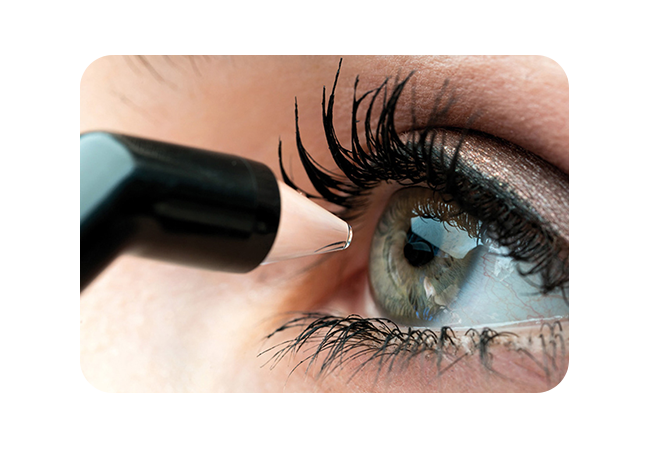What are the types of glaucoma?
There are several types of glaucoma, but the most common ones are open-angle glaucoma and closed-angle glaucoma.
Open-Angle Glaucoma
Open-angle glaucoma is the most common form of the disease, accounting for at least 90% of all glaucoma cases. It occurs when the drainage angle formed by the cornea and iris remains open, but the trabecular meshwork (the eye's drainage canals) gradually becomes less efficient at draining fluid. This leads to a slow increase in intraocular pressure.
Open-angle glaucoma develops slowly and usually without any noticeable symptoms, which is why it is often called the "silent thief of sight." Regular eye exams are essential for early detection.
Closed-Angle Glaucoma
Closed-angle glaucoma or angle-closure glaucoma, also known as angle-closure or narrow-angle glaucoma, is less common but can be more severe. It occurs when the drainage angle formed by the cornea and iris is suddenly blocked, leading to a rapid increase in intraocular pressure.
Symptoms can include severe eye pain, nausea, vomiting, blurred vision, and seeing halos around lights. Closed-angle glaucoma is a medical emergency and requires immediate treatment to prevent permanent vision loss.



